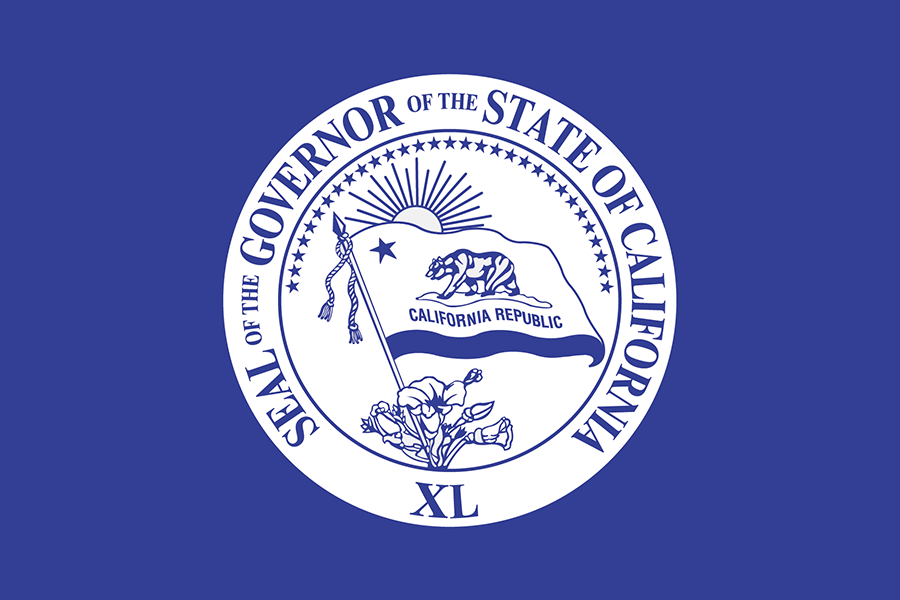WHAT YOU NEED TO KNOW: As the state mobilizes resources and support for communities, Californians in the storm’s path are urged to take precautions now ahead of the storm.
SACRAMENTO – California is preparing for Hurricane Hilary, projected to be the wettest tropical cyclone in state history and the first-ever to warrant a Tropical Storm Watch. The state is taking action to protect residents and is issuing a reminder to those in the storm’s path to make necessary preparations.
Hurricane Hilary, currently classified as a powerful Category 4 storm, is expected to make its way to Southern California over the weekend and into early next week. This storm will bring moderate to heavy showers, thunderstorms, and potentially strong winds to the region. Some areas may experience rainfall equivalent to an entire year’s worth. The intensity and location of precipitation and winds will vary as the hurricane approaches.
What Governor Newsom said: “We should never underestimate the power of Mother Nature. California is coordinating with federal and local governments to support communities as they prepare for this unprecedented storm. Heed warnings from local authorities, be ready, and stay informed.”
Governor Newsom will be present in Southern California for the next several days as the storm makes landfall.
The Governor’s Office of Emergency Services (Cal OES) has activated the State Operations Center at the direction of Governor Gavin Newsom. The state is actively monitoring potential impacts from rain, wind, flash flooding, and power outages. The State Operations Center is coordinating efforts across different state agencies to provide resources and support response and recovery operations.
In collaboration with local authorities, the state is prepositioning resources such as swift water rescue teams, California National Guard teams, and flood fighting tools. Additionally, efforts are underway to protect vulnerable unhoused individuals in coordination with community-based organizations. The state is also ensuring the 24-hour availability of highway maintenance crews and taking proactive measures to maintain roadway safety.
Here are the top 5 things you can do to stay safer during the storm:
- Stay connected. Remember to dial 3-1-1 for help or information, and use 911 for critical emergencies. Stay informed by signing up for emergency alerts, warnings, and evacuation notices. Visit CalAlerts.org to receive alerts from your county officials. Stay in touch with loved ones and neighbors.
- Prepare for high winds and ocean surges.
Before a high wind event: Remove any dead trees or overhanging branches near structures. Secure loose roofing material. Bring in unsecured objects from patios and balconies. Take measures to secure outdoor objects that may blow away. Ensure windows are securely shuttered and outside doors are braced.During a high wind event: Seek cover next to a building or other sheltered area. Stay away from windows. Avoid roadways and train tracks. Steer clear of elevated areas, including roofs. Watch out for flying debris.
Avoid the ocean: The National Weather Service has issued a high surf advisory, urging beachgoers to refrain from entering the ocean due to the strong breaking waves, shore breaks, and currents caused by Hurricane Hilary. The ocean is extremely dangerous in these conditions.
- Travel safely. If possible, avoid non-essential travel during the storm’s peak on Sunday and Monday. If you must drive, utilize the QuickMap app or visit QuickMap (ca.gov) for real-time information on road conditions, traffic, closures, and more. Do not walk, swim, or drive through flood waters. Remember the phrase “Turn Around, Don’t Drown!” as just six inches of moving water can knock you down, and one foot of moving water can sweep away a vehicle.
- Be prepared for power outages. Make a list of items that rely on electricity and ensure they are accounted for. Keep your devices charged. Plan for alternative power sources such as portable chargers or power banks. Have flashlights available for every household member. Also, make arrangements for potential water outages.
- Listen to local authorities. Always follow the guidance of your local authorities, including evacuation orders, road closures, and other official notices.
Denial of responsibility! VigourTimes is an automatic aggregator of Global media. In each content, the hyperlink to the primary source is specified. All trademarks belong to their rightful owners, and all materials to their authors. For any complaint, please reach us at – [email protected]. We will take necessary action within 24 hours.


